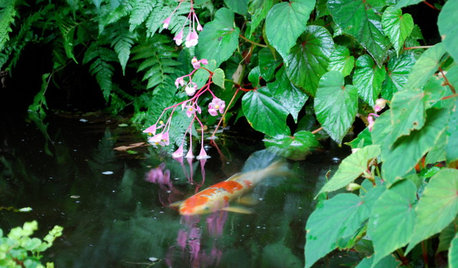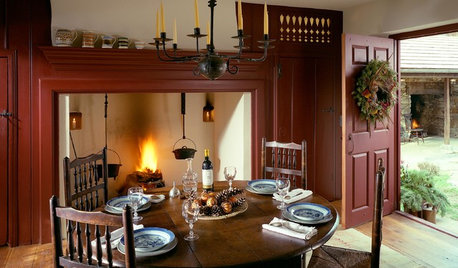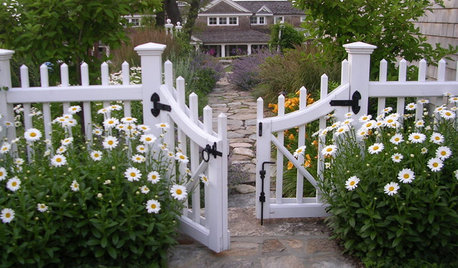What exactly triggers scapes in amaryllis bulbs to emerge?
haxuan
13 years ago
Related Stories

LIFE10 Ways to Work Through Grief Triggers During the Holidays
A year after losing her sister, she was facing another holiday. Here’s how one woman learned to find joy again
Full Story
PETSGarden Alert: 22 Plants to Keep Away From Pets
Avoid potential danger by keeping dogs and cats away from these landscaping and houseplant favorites
Full Story
LANDSCAPE DESIGNExplore Your Garden Personality: The Artist
Drawn to shapes, textures and colors? Let your landscape be your canvas
Full Story
LIFEHow Your Landscaping Can Keep Burglars Away
Prevent home break-ins with strategic landscaping and good practices instead of menacing — and maybe less effective — measures
Full Story
GREAT HOME PROJECTS25 Great Home Projects and What They Cost
Get the closet of your dreams, add a secret doorway and more. Learn the ins and outs of projects that will make your home better
Full Story
INSIDE HOUZZHow Much Does a Remodel Cost, and How Long Does It Take?
The 2016 Houzz & Home survey asked 120,000 Houzzers about their renovation projects. Here’s what they said
Full Story
GARDENING GUIDESNew Ways to Think About All That Mulch in the Garden
Before you go making a mountain out of a mulch hill, learn the facts about what your plants and soil really want
Full Story
MONTHLY HOME CHECKLISTSTo-Dos: Your November Home Checklist
Give your home a festive holiday air without running out of steam, and stay safe and snug as temperatures drop
Full Story
HOUSEPLANTS8 Essentials for Healthy Indoor Plants
Houseplants add so much to our homes — and can thrive when grown in the right conditions. Keep these tips in mind
Full Story
CURB APPEAL7 Ways to Create a Neighborly Front Yard
Foster community spirit by setting up your front porch, paths and yard for social interaction
Full StoryMore Discussions






brigarif Khan
haxuanOriginal Author
Related Professionals
Danbury Landscape Architects & Landscape Designers · Surprise Landscape Architects & Landscape Designers · East Rancho Dominguez Landscape Architects & Landscape Designers · Barrington Landscape Contractors · Canby Landscape Contractors · Cincinnati Landscape Contractors · Fort Atkinson Landscape Contractors · Holland Landscape Contractors · Merced Landscape Contractors · San Antonio Landscape Contractors · South Lyon Landscape Contractors · North Aurora Landscape Contractors · Redlands Swimming Pool Builders · Spring Swimming Pool Builders · West Hollywood Swimming Pool Buildersbrigarif Khan
mariava7
mariava7
haxuanOriginal Author
haweha
haxuanOriginal Author
gmwill
haweha
Carl
haxuanOriginal Author
mariava7
brigarif Khan
haweha
brigarif Khan
haxuanOriginal Author
hatta
brigarif Khan
mariava7
haxuanOriginal Author
malsyam
npublici
haweha
pizzuti